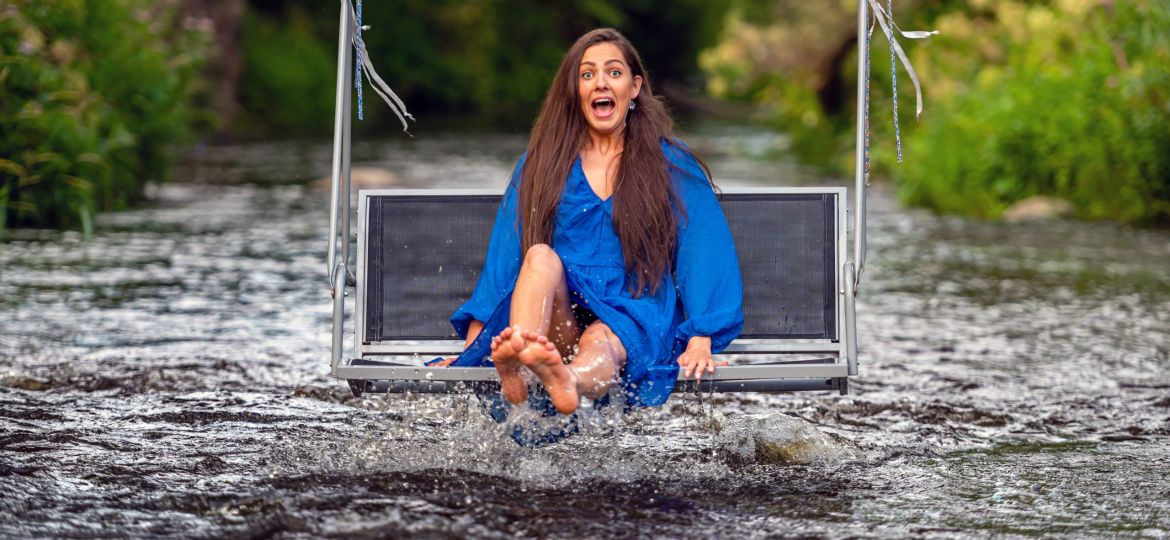
Experiencing a house flood is already stressful, but if you’re allergic to mold, the situation becomes even more urgent. Mold thrives in damp environments, and after a flood, it can begin growing within 24 to 48 hours. Exposure to mold spores can trigger severe allergic reactions, respiratory issues, and other health concerns. If you have mold allergies and your home has flooded, taking the right precautions and acting quickly can help protect your health and restore your home safely.
1. Prioritize Your Health and Safety
A. Evacuate If Necessary
- If mold has already begun growing, stay out of the affected area as much as possible.
- Seek temporary housing if necessary, especially if you experience severe mold allergies.
B. Wear Protective Gear
- If you must enter the flooded area, wear an N95 mask, gloves, and goggles to reduce mold exposure.
- Avoid disturbing mold growth, as this can release more spores into the air.
C. Monitor Allergy Symptoms
- If you experience wheezing, sneezing, itchy eyes, or difficulty breathing, leave the affected area and seek medical attention if symptoms worsen.
2. Stop the Water Source and Prevent Further Damage
A. Shut Off Water Supply
- If the flood is caused by a burst pipe, turn off your home’s main water supply.
B. Remove Excess Water
- Use a wet/dry vacuum, mop, or towels to extract standing water as quickly as possible.
- If the flooding is severe, contact a professional water damage restoration company.
C. Improve Ventilation
- Open windows and doors to improve airflow.
- Use fans and dehumidifiers to reduce moisture levels, but avoid using them if mold is already present, as this can spread spores.
3. Assess the Damage and Contact Professionals
A. Call a Mold Remediation Specialist
- A professional can assess the extent of the mold growth and create a safe remediation plan.
- Ensure the company uses HEPA filters and proper containment methods.
B. Contact Your Insurance Company
- File a water damage claim and document the damage with photos and videos.
- Ask about coverage for mold remediation and temporary housing.
C. Inspect for Structural Damage
- Water damage can weaken walls, floors, and ceilings, leading to serious safety concerns.
4. Remove and Clean Affected Materials
A. Discard Porous Materials
- Items like carpets, drywall, insulation, and upholstery that have absorbed water should be discarded.
B. Use Mold-Resistant Cleaning Solutions
- Scrub non-porous surfaces with a mold-killing solution (such as a mix of water and vinegar or hydrogen peroxide).
C. Dry the Area Thoroughly
- Dehumidifiers and industrial fans can help ensure complete drying.
- Have professionals use moisture meters to detect hidden dampness.
5. Prevent Future Mold Growth
A. Fix Leaks and Improve Drainage
- Regularly inspect pipes, roofs, and windows for leaks.
- Ensure gutters and downspouts direct water away from your home’s foundation.
B. Use Mold-Resistant Products
- Install mold-resistant drywall, paints, and insulation in flood-prone areas.
C. Maintain Low Humidity Levels
- Keep indoor humidity levels below 50% to discourage mold growth.
- Use an air purifier with HEPA filters for improved air quality.
6. Seek Medical Attention If Needed
- If mold exposure causes severe allergic reactions, asthma attacks, or persistent symptoms, consult a doctor immediately.
- An allergist can help develop a management plan to minimize mold-related health risks.
Conclusion
If you are allergic to mold and have experienced a house flood, immediate action is critical. Protect yourself by evacuating if necessary, wearing protective gear, and contacting professionals to handle mold remediation safely. Preventing future mold growth and maintaining a dry environment will ensure a safe and healthy home. For expert mold remediation and water damage restoration, trust New Life Restoration Services to help you recover safely and efficiently.
